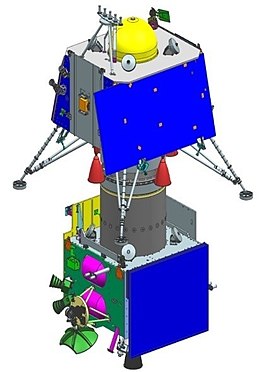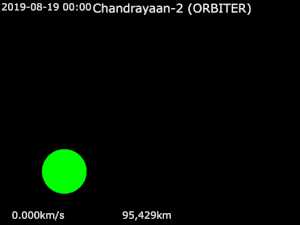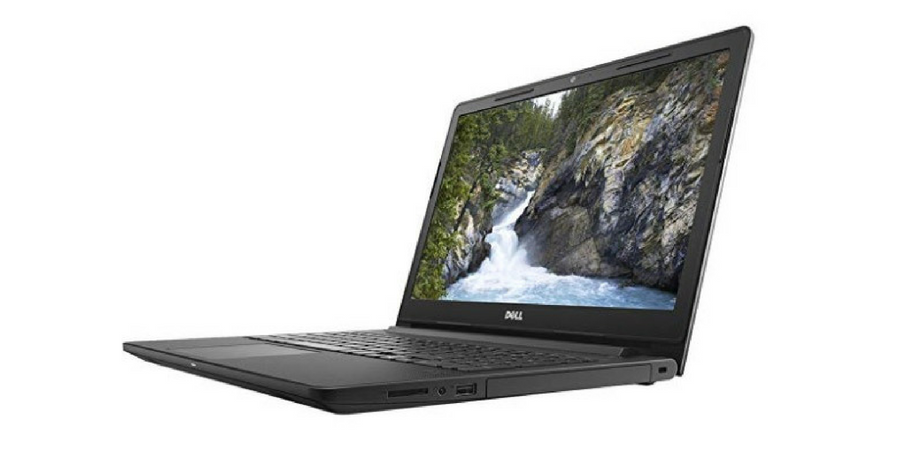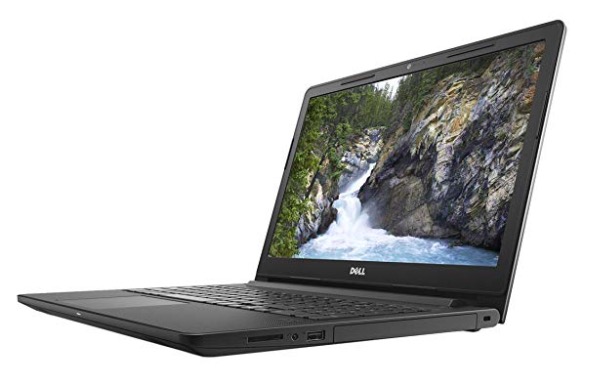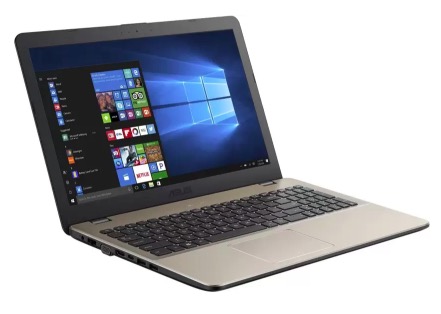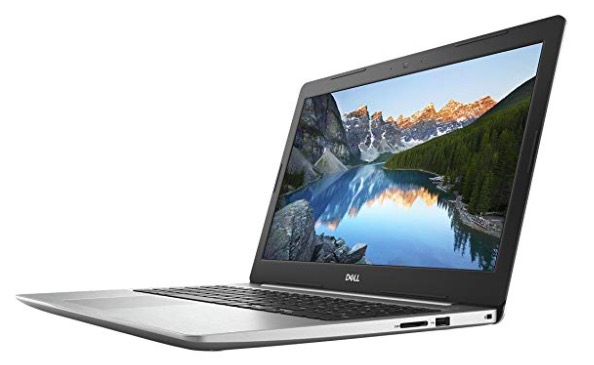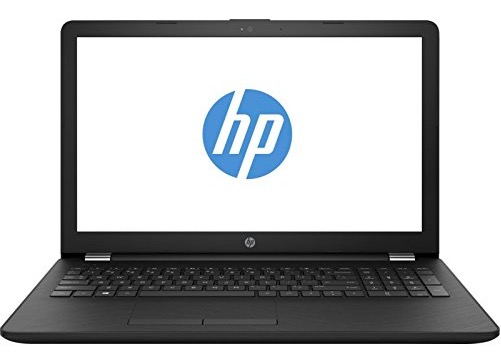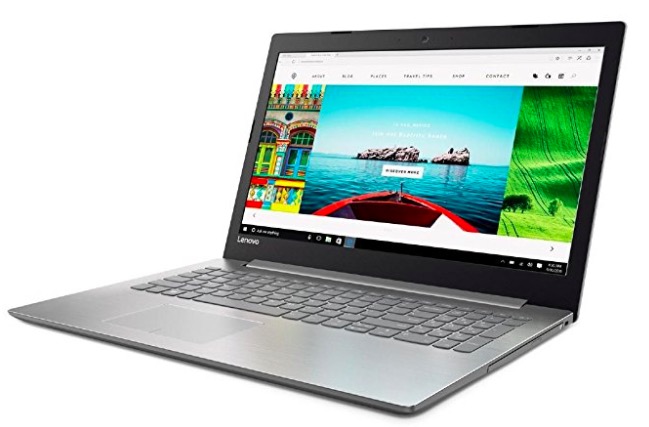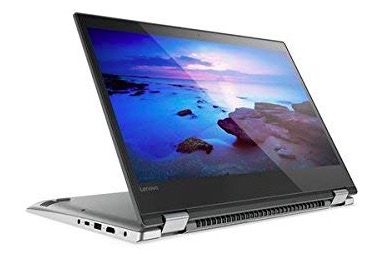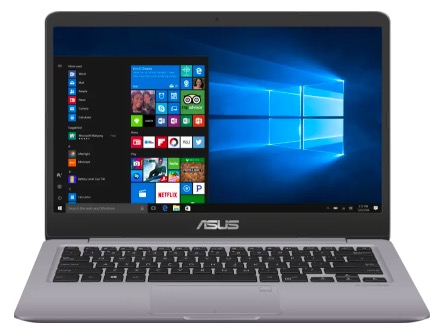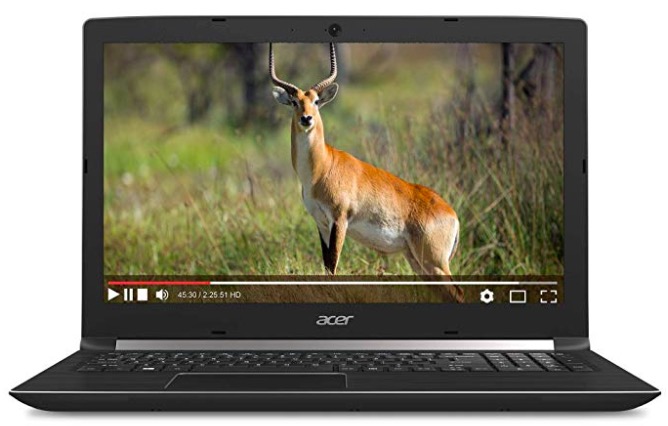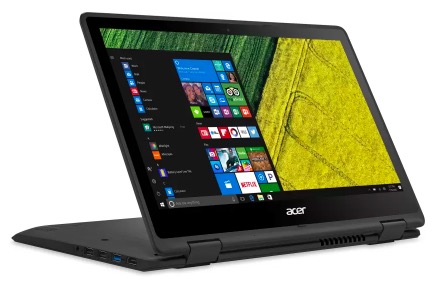India–United States relationship
India–United States relations, also known as Indian–American relations or Indo–American relations, refers to the international relations between the Republic of India and the United States of America.
In the year 2017 bilateral trade (in both goods & services) grew by 9.8% to reach US$126,100,000,000. India's exports to the US stood at US$76,700,000,000 while USA's exports to India stood at US$49,400,000,000.
In the year 2017 bilateral trade (in both goods & services) grew by 9.8% to reach US$126,100,000,000. India's exports to the US stood at US$76,700,000,000 while USA's exports to India stood at US$49,400,000,000.
Prominent leaders of India's freedom movement had friendly relations with the United States of America which continued well after independence from the United Kingdom in 1947. In 1954, the United States made Pakistan a Central Treaty Organization (CENTO) treaty-ally. India cultivated strategic and military relations with the Soviet Union to counter Pakistan–United States relations.In 1961, India became a founding member of the Non-Aligned Movement to avoid involvement in the Cold War power-play between the United States and the Soviet Union. The Nixon administration's support for Pakistan during the Indo-Pakistani War of 1971 affected relations until the dissolution of the Soviet Union in 1991. In the 1990s, Indian foreign policy adapted to the unipolar world and developed closer ties with the United States.
In the twenty-first century, Indian foreign policy has sought to leverage India's strategic autonomy in order to safeguard sovereign rights and promote national interests within a multi-polar world. Under the administrations of Presidents George W. Bush and Barack Obama, the United States has demonstrated accommodation to India's core national interests and acknowledged outstanding concerns.
Increase in bilateral trade & investment, co-operation on global security matters, inclusion of India in decision-making on matters of global governance (United Nations Security Council), upgraded representation in trade & investment forums (World Bank, IMF, APEC), admission into multilateral export control regimes (MTCR, Wassenaar Arrangement, Australia Group) and support for admission in the Nuclear Suppliers Group and joint-manufacturing through technology sharing arrangements have become key milestones and a measure of speed and advancement on the path to closer US–India relations. In 2016, India and United States signed the Logistics Exchange Memorandum of Agreement and India was declared a Major Defense Partner of the United States.
According to Gallup's annual World Affairs survey, India is perceived by Americans as their sixth favorite nation in the world, with 71% of Americans viewing India favorably in 2015. Gallup polls found that 74% of Americans viewed India favorably in 2017 and 72% in 2019.
Barack Obama's visit to India, 2015
President Barack Obama became the first US president to be the chief guest of the 66th Republic Day celebrations of India held on 26 January 2015. India and the US held their first ever bilateral dialogue on the UN and multilateral issues in the spirit of the "Delhi Declaration of Friendship" that strengthens and expands the two countries' relationship as part of the Post-2015 Development Agenda.[
The conspicuous absence of major announcements, a key indicator of the state of US relations with the host country, led political commentators in both countries to highlight the confidence-building aspects of the visit.
Modi's visit to America, 2015
Prime Minister Narendra Modi toured the Silicon Valley and met with entrepreneurs – several of whom are persons of Indian origin – involved in successful microelectronics, digital communications and biotechnology start-ups to promote the NDA government's Make in India initiative. Modi left the U.S. West Coast and travelled to New York for the 2015 UN General Assembly meeting where he had bilateral discussions with US President Barack Obama.
Modi's visit to America, 2016
Prime Minister Narendra Modi while visiting the United States addressed a joint session of Congress highlighting the common traits of both democracies and long-term friendship between the two countries. In a speech lasting more than 45 minutes, Mr. Modi drew on parallels between the two countries and addressed a variety of issues where the two countries have worked together in the past and where the future course of action would lie.
Modi's visit to America, 2017
On June 26 2017, Prime Minister Narendra Modi visited the United States and met US President Donald Trump. On 8 November 2017, US has announced a grant of nearly US$500,000 for organisations which can come up with ideas and projects to promote religious freedom in India and Sri Lanka.
Military relations
The U.S. has four "foundational" agreements that it signs with its defence partners. The Pentagon describes the agreements as "routine instruments that the U.S. uses to promote military cooperation with partner-nations". American officials have stated that the agreements are not prerequisites for bilateral defence co-operation, but would make it simpler and more cost-effective to carry out activities such as refueling aircraft or ships in each other's countries and providing disaster relief. The first of the four agreements, the General Security Of Military Information Agreement (GSOMIA), was signed by India and the U.S. in 2002. The agreement enables the sharing of military intelligence between the two countries and requires each country to protect the others' classified information. The second agreement, the Logistics Exchange Memorandum of Agreement (LEMOA), was signed by the two countries on 29 August 2016. The LEMOA permits the military of either country to use the others' bases for re-supplying or carrying out repairs. The agreement does not make the provision of logistical support binding on either country, and requires individual clearance for each request.[The third agreement, Communications Compatibility and Security Agreement (COMCASA) was signed during the inaugural 2+2 dialogue in September 2018. It is an India-specific variant of Communications and Information Security Memorandum of Agreement (CISMOA) that enables the two countries to share secure communication and exchange information on approved equipment during bilateral and multinational training exercises and operations. The fourth agreement, Basic Exchange and Cooperation Agreement (BECA) has not yet been signed. It permits the exchange of unclassified and controlled unclassified geospatial products, topographical, nautical, and aeronautical data, products and services between India and the US National Geospatial-Intelligence Agency (NGA). Defence Minister Manohar Parikkar stated at the signing of the LEMOA that India would eventually sign the remaining agreements.[212]
Harsh V. Pant, professor of International relations at King's College London, highlighted the importance of India to US strategic planning by saying: "India is key to the US' ability to create a stable balance of power in the larger Indo-Pacific and at a time of resource constraints, it needs partners like India to shore up its sagging credibility in the region in face of Chinese onslaught." Robert Boggs, professor of South Asia Studies at the Near East South Asia Center for Strategic Studies, opines that the US "overestimates both India's desire to improve the relationship and the benefits doing so would bring". Neelam Deo, director of foreign policy think tank Gateway House, underscored the importance that India attaches safeguarding its national interests by saying: "India is a big country, with its own strategic objectives and imperatives and it will act on opportunities where interests converge, as it has done in the past."
Recognising India as a key to its strategic interests, the United States has sought to strengthen its relationship with India. The two countries are the world's largest democracies, and both are committed to political freedom protected by representative government. The US and India have a common interest in the free flow of commerce and resources, including through the vital sea lanes of the Indian Ocean. In recent years, India has conducted large joint military exercises with the US in the Indian Ocean.
USA as part of its foreign policy to counter China [which is now aggressively growing to the top position now held by USA, wants to make India as one of the major defence partners for which it is in talks with Indian representatives to sell highly technologically advanced predator drones. India has floated a tender to buy 100 multi role fighter aircraft Indian MRCA competition (also called Mother of all defence deals) of around US$15 billion under Narendra Modi's Make in India initiative. Although the deal is yet to be finalised in 2018, Present USA Trump's administration is now pushing for sales of advanced F-16 jet fighters, and F/A-18 Super Hornet
There have been some differences, however, including US concerns over the nuclear weapons programmes and the pace of economic reforms in India. In the past, these concerns may have dominated US thinking, but today the US views India as a growing world power with which it shares common strategic interests. A strong partnership between the two countries will continue to address differences and shape a dynamic and collaborative future.
In a meeting between President George W. Bush and Prime Minister Atal Bihari Vajpayee in November 2001, the two leaders expressed a strong interest in transforming the US-India bilateral relationship. High-level meetings and concrete cooperation between the two countries increased during 2002 and 2003. In January 2004, the US and India launched the "Next Steps in Strategic Partnership" (NSSP), which was both a milestone in the transformation of the bilateral relationship and a blueprint for its further progress.
In July 2005, Bush hosted Prime Minister Manmohan Singh in Washington, D.C. The two leaders announced the successful completion of the NSSP, as well as other agreements which further enhanced cooperation in the areas of civil nuclear, civil space, and high-technology commerce. Other initiatives announced included a US-India economic dialogue, the fight Against HIV/AIDS, disaster relief, technology cooperation, an agriculture knowledge initiative, a trade policy forum, energy dialogue, CEO Forum, and an initiative to assist each other in furthering democracy and freedom.[219] President Bush made a reciprocal visit to India in March 2006, during which the progress of these initiatives were reviewed, and new initiatives were launched.
| "India has never taken part in any joint patrol; we only do joint exercises. |
In March 2016, India has rejected a proposal by the US to join naval patrols in the South China Sea alongside Japan and Australia. Defense Minister Manohar Parrikar said: "India has never taken part in any joint patrol; we only do joint exercises. The question of joint patrol does not arise."
In January 2017, Peter Lavoy, Senior Director for South Asian Affairs at the U.S. National Security Council, declared that the partnership between India and the United States under Barack Obama's administration had been "incredibly successful". Lavoy stated, "I can tell you quite definitively that due to our partnerships, several terrorism plots were foiled. Indian lives and American lives were saved because of this partnership.
The "Howdy, Modi!" event in the United States was neither organised by the BJP nor the government, but by volunteers who had also funded it, the saffron party's overseas affairs department head Vijay Chauthaiwale said on Thursday.
A key man behind Prime Minister Narendra Modi's outreach to the people of Indian origin across the globe, Chauthaiwale said the event in Houston was "attended by both Democrats and Republicans. Traditionally, the Indian diaspora has been supporting the Demcrates.
A key man behind Prime Minister Narendra Modi's outreach to the people of Indian origin across the globe, Chauthaiwale said the event in Houston was "attended by both Democrats and Republicans. Traditionally, the Indian diaspora has been supporting the Demcrates.
In addition to US President Donald Trump (a Republican), nine to ten democrats also attended the "Howdy, Modi!" event, he said.
The event was held in Houston, Texas on September 22 and about 50,000 people of Indian origin from across the US attended it.
Besides Modi, Trump also addressed the gathering.
Interacting with reporters here, Chauthaiwale said the event was organised by US-bas .
The event was held in Houston, Texas on September 22 and about 50,000 people of Indian origin from across the US attended it.
Besides Modi, Trump also addressed the gathering.
Interacting with reporters here, Chauthaiwale said the event was organised by US-bas .



